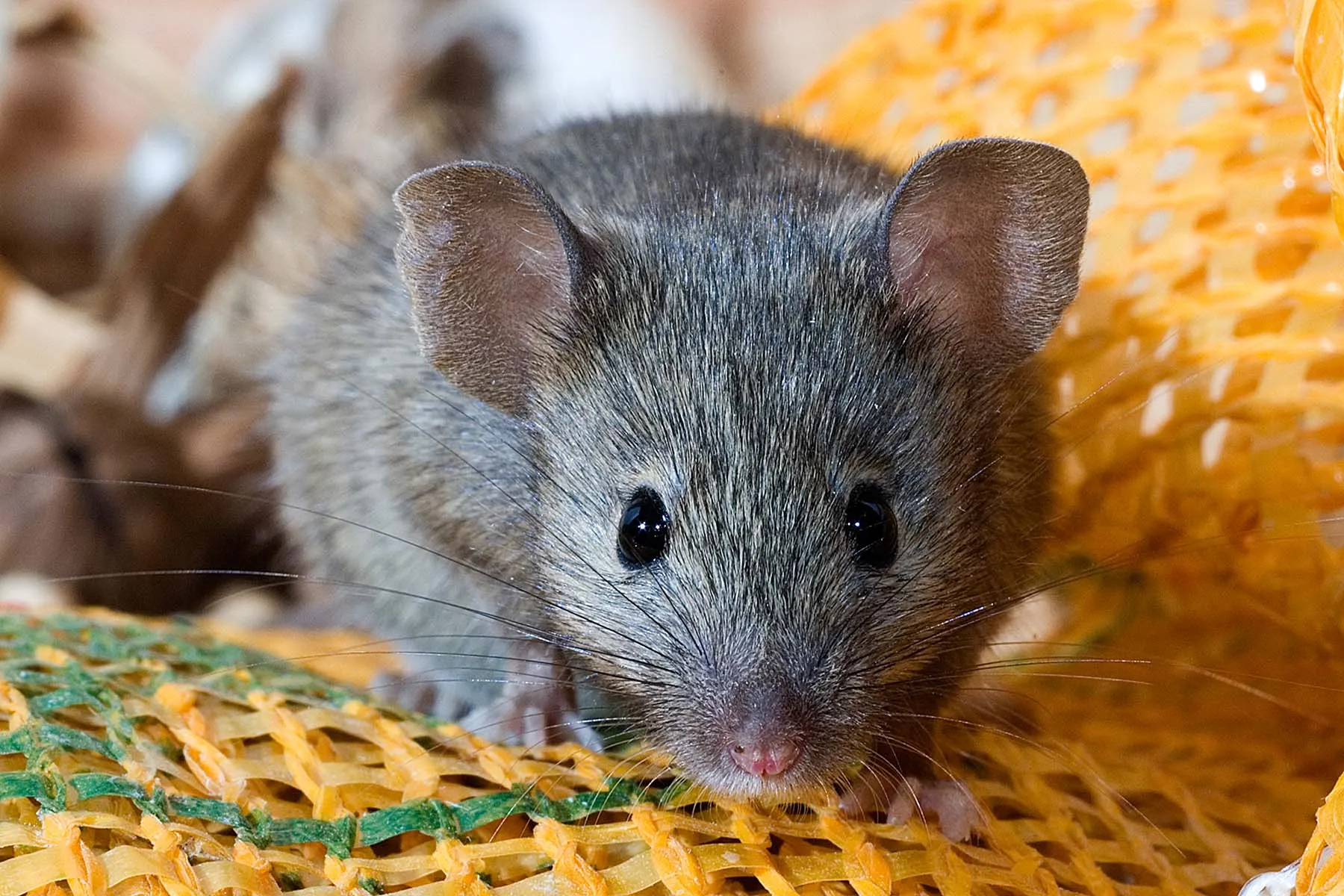
Safe, Effective & Environmentally-Friendly
About Wildland Pest Control
Welcome to Wildland Pest Control, your locally-owned solution for responsible and effective pest management. Based in Plymouth, Massachusetts, we are dedicated to protecting your home and family from unwanted pests while prioritizing the safety of our local environment, pets, and non-target wildlife.
Our approach is simple: use modern, targeted, and environmentally-conscious methods to solve your pest problems. We believe in integrated pest management (IPM), which means we don't just spray and pray. We inspect, identify, and create a custom plan that addresses the root of the problem.
Whether you're dealing with ticks in the yard, rodents in the attic, or stinging insects too close for comfort, we have the expertise to handle it. We specialize in solutions that are tough on pests but gentle on the ecosystem, including innovative options like rodent contraceptives and targeted trapping.
At Wildland Pest Control, we're not just a service; we're your neighbors. We are committed to providing transparent, honest, and reliable service to our community. Explore our services to learn more about how we can help you reclaim your home.